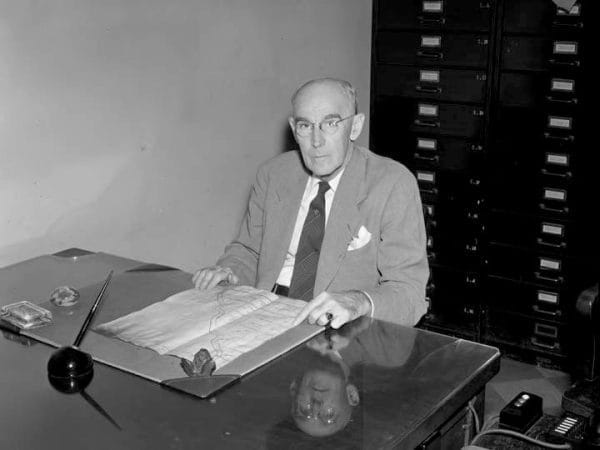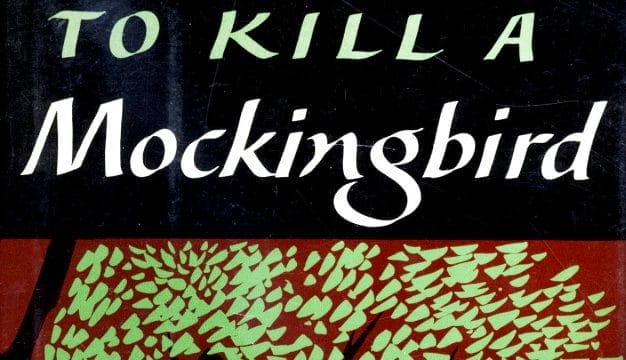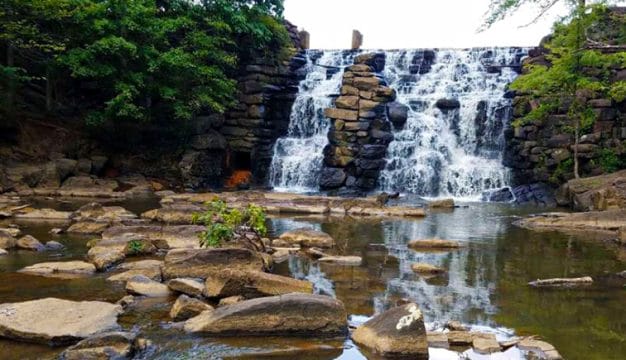Peter Alexander Brannon
 Peter Brannon
Peter Alexander Brannon (1882-1967) was a curator, archivist, and director of the Alabama Department of Archives and History (ADAH) who made groundbreaking contributions to the agency’s collections and to Alabama anthropology, archaeology, and public history for 50 years. Noted as a “colossus of knowledge” by an Alabama journalist for his expertise on Alabama history, Brannon also was a prolific author who popularized the study and appreciation of Alabama history and culture most notably through editing several bulletins and his newspaper column “Through the Years,” which appeared for 19 years in the Montgomery Advertiser newspaper.
Peter Brannon
Peter Alexander Brannon (1882-1967) was a curator, archivist, and director of the Alabama Department of Archives and History (ADAH) who made groundbreaking contributions to the agency’s collections and to Alabama anthropology, archaeology, and public history for 50 years. Noted as a “colossus of knowledge” by an Alabama journalist for his expertise on Alabama history, Brannon also was a prolific author who popularized the study and appreciation of Alabama history and culture most notably through editing several bulletins and his newspaper column “Through the Years,” which appeared for 19 years in the Montgomery Advertiser newspaper.
Brannon was born on August 30, 1882, in Seale, Russell County, to George Thomas and Martha Stephens “Stephie” (Greene) Brannon. Brannon had four siblings, two of whom died in infancy. Brannon’s maternal step-grandfather, Peter Alexander Greene, collected historical manuscripts, artifacts, and antique guns and swords. Greene, a Russell County court clerk and veteran of the Confederate States Army from Georgia, took seven-year-old Brannon to a memorial service for Confederate president Jefferson Davis on the day after his death on December 6, 1889. Afterwards, the pair went hunting for Native American artifacts. Brannon recalled that the hunting excursion with his influential step-grandfather most inspired him to start his lifelong hobby as a collector.
After Brannon graduated from Seale High School in 1898, he attended the Alabama Polytechnic Institute (present-day Auburn University), earning a degree in pharmacy in 1900. When Peter Greene died in 1902, Brannon inherited his step-grandfather’s extensive collection. Thomas McAdory Owen, the attorney-turned-historian who founded the ADAH in 1901, learned of Brannon’s inheritance and paid him a visit in 1904. Owen, in his capacity as the agency’s first director, purchased items from Brannon to add to the agency’s expanding repository of historical records, artifacts, and Civil War relics and firearms. Owen and Brannon became acquaintances and eventually developed a close collegial relationship.
Major events occurred in Brannon’s life during his earliest encounters with Owen. He married Frances “Fanny” Frazer of Columbus, Georgia in 1904. The couple would have three children, one of whom died in infancy. The first child was born in 1909, the same year that Brannon co-founded the Alabama Anthropological Society (AAS) with Owen and other original members. Brannon served as the AAS secretary and helped to execute the society’s seminal work of documenting and excavating sites of former Indian towns and mounds. He would later edit Arrow Points, the AAS monthly bulletin. In 1911, Owen secured state funding to create a chief clerk position at the ADAH and he offered it to Brannon. Brannon accepted and turned his burgeoning hobby into a new professional career.
Brannon’s duties as chief clerk included conducting extensive work in the field to promote the ADAH’s educational outreach mission to the public and university academics and to accomplish the agency’s research goals. The personable Brannon traveled extensively throughout central and southern Alabama, making contacts to identify persons who possessed collectibles that were of interest to the ADAH. Brannon also assisted with organizing and launching local historical societies in most Alabama counties. In 1914, he helped to establish the Bartram Natural History Society, named after famous naturalist William Bartram, who traveled through Alabama in 1775 studying plants and animals. The society promoted the scientific study and appreciation of the Alabama’s biodiversity and its relationship with past people and events. It also gathered specimens for the ADAH and bolstered the agency’s outreach and appeal to an academic audience. Brannon’s extensive research on Bartram informed how the founders of the Bartram Trail Conference (established in 1976) promoted the trail among the general public and made it publicly accessible. Brannon’s other accomplishments between 1911 and 1920 included his extensive fieldwork and research in the disciplines of anthropology, archaeology, and natural history. His field reports about archaeological excavations, notably his naming and description of artifacts belonging to the complex known as Urn Burial Culture to document finds of aboriginal burial urns and explain their cultural uses, promoted higher standards and improved methods among archaeologists. Brannon’s reporting also stimulated some problematic national interest in Alabama’s archaeological potential. As national interest intensified, out-of-state amateurs conducted reckless excavations in Alabama and removed significant artifacts from Alabama to other states. In 1915, Brannon and Owen lobbied for the passage of the Alabama Antiquities Act to address this problem. Once enacted, the Antiquities Act gave Alabama exclusive ownership rights to antiquities and prohibited their removal to other states. Brannon became president of the Alabama Anthropological Society in 1920, succeeding the recently deceased Owen.
Owen’s widow, Marie Bankhead Owen, of the prominent Alabama family of politicians, succeeded her husband as the ADAH’s second director. Brannon worked as a curator and archivist under Owen’s supervision. He began to travel less and dedicate more time to his writing. In the late 1940s, he participated with a group of businessmen from Birmingham, Jefferson County, in establishing the Alabama Historical Association, an organization that promotes the exploration and study of Alabama history to the present-day. When Marie Owen retired in 1955, Brannon succeeded her as the ADAH’s third director. During his tenure, Brannon edited the Alabama Historical Quarterly, a journal published by the agency, oversaw the agency’s preparations for the state celebration of the Civil War centennial, and focused on new acquisitions.
In recognition of Brannon’s outstanding achievements, Auburn University awarded him an honorary Doctor of Laws degree in June 1965. Brannon died on January 5, 1967, at age 84 and was buried in Greenwood Cemetery in Montgomery, Montgomery County. He left an enduring legacy as a teacher and lecturer who fostered appreciation of Alabama history and culture among the public and scholarly audiences alike. Brannon shaped the course of identifying and securing Alabama’s historical resources and housing them at the ADAH as well as protecting Alabama archaeological sites and artifacts. His lasting contributions include prolific authorship of books and articles that continue to provide a vital resource base for present-day historians and history enthusiasts.
Selected Works
Handbook of the Alabama Anthropological Society (1920)
Highway Boats and Bridges (1929)
Turning the Pages in Alabama (1932)
Indians in Alabama (1950)
The Years of the Alabama Historical Society (1964)
Further Reading
- Clark, Mark. “History: Peter Alexander Brannon’s Hobby Became His Vocation.” The Citizen of East Alabama, May 6, 2021; https://citizenofeastalabama.com/history-peter-alexander-brannons-hobby-became-his-vocation.
- Neeley, Graham R. “‘My goal will ever be to make history popular’: Peter Brannon’s Quest for Alabama History.'” M.A. thesis, Auburn University, 2018.
- Owen, Thomas M. History of Alabama and Dictionary of Alabama Biography. Spartanburg, S.C.: Reprint Company, 1978.
- “Peter Alexander Brannon.” Pintlala Historical Association 25 (October 2012): 3.



